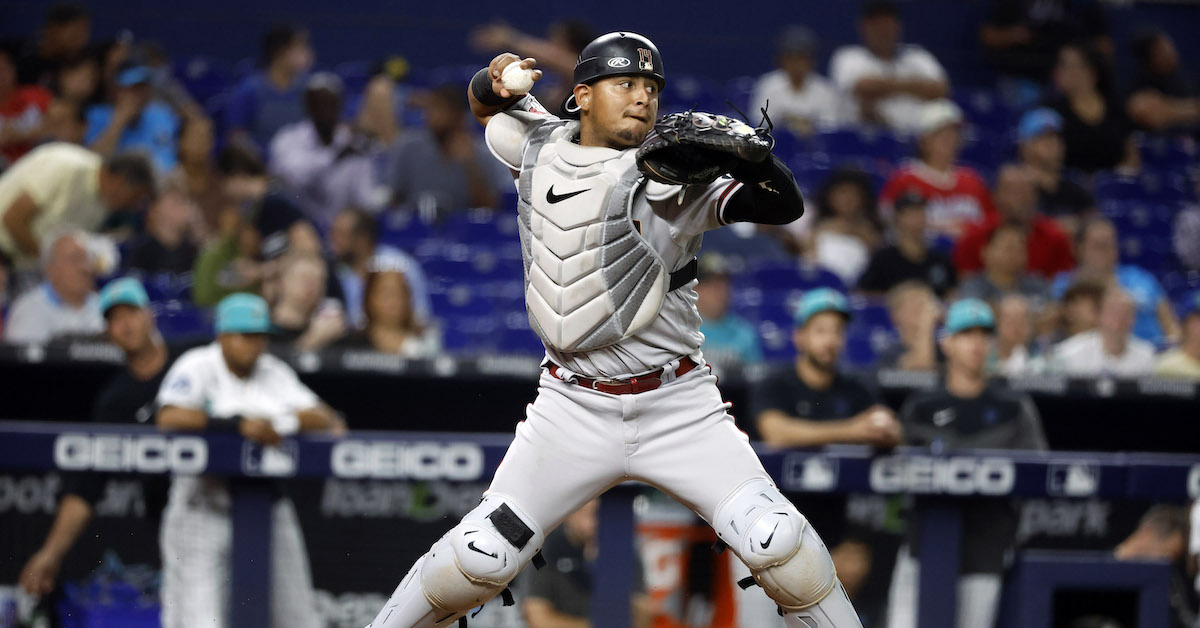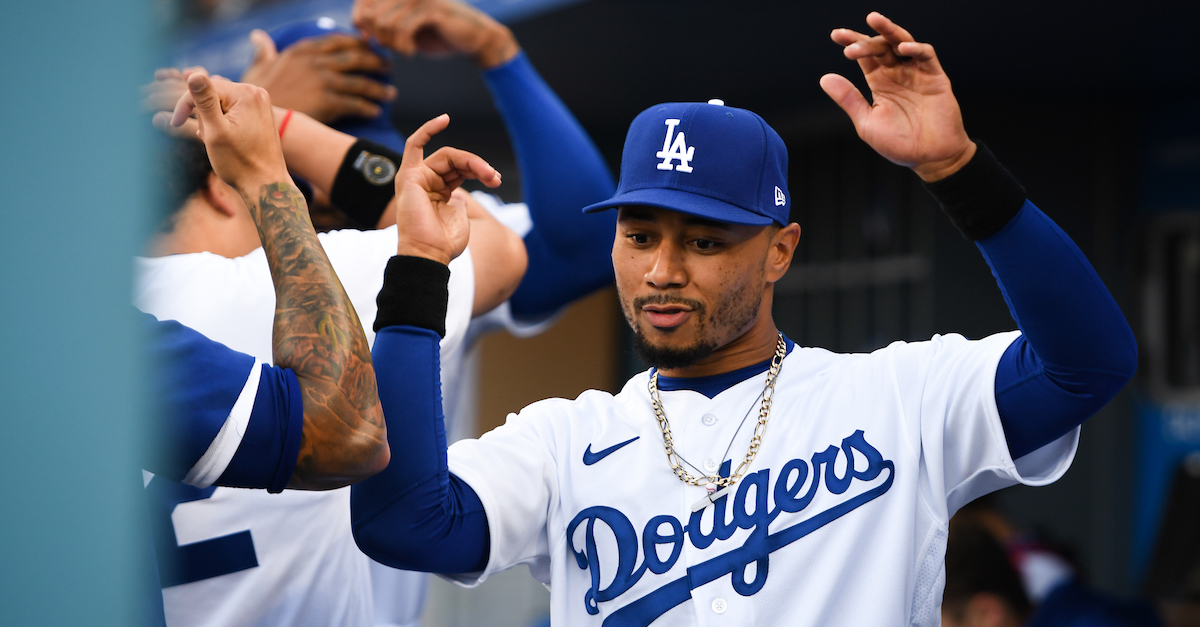Catcher Throwing Is Making a Comeback

Depending on your perspective, it’s a very fun time to be a catcher. Admittedly, I may be imparting some personal bias here since my favorite part of catching was always when a runner took off for second base. It’s the one time in a game when the catcher is in the spotlight. Most of your time as a backstop consists of serving your pitcher in whatever way they need, but with the increase in stolen base attempts this year, catchers have consistently found themselves with golden opportunities to show off their throwing skills. Because of this, arm strength and pop time are as important as they’ve been in the last few decades, and some catchers have been early standouts when it comes to controlling the running game.
The importance of throwing out runners, or even limiting attempts, has made a comeback. As we progress through the next few months, we’ll gain a more precise understanding of just how valuable this skill can be in this stolen base environment, but the early season trends indicate that if you can throw out runners at a good rate, you’ll be one of the most valuable defensive players in the league. And there are a few catchers who have stood apart from the rest of the field when it comes to this being a significant part of their overall value so far. I’m going to highlight two of them in this piece. The first is Gabriel Moreno.
Through the first few weeks of play, no player has produced more defensive value than the young catcher in Arizona and much of that is due to his success throwing out runners. In Moreno’s 2022 prospect report, Eric Longenhagen reported that the catcher sat in the 1.95-1.98 pop time range while in the Arizona Fall League. That would have been slightly above the big league average. However, so far this season, he has been excellent, averaging 1.90 seconds according to Baseball Savant. The combination of his pop time and five caught stealing in eight attempts (63%) has provided the D-backs with plenty of fun, but also with the reassurance that their catcher can still provide value despite struggling offensively (he has posted a meager 62 wRC+ in 52 plate appearances). Read the rest of this entry »








